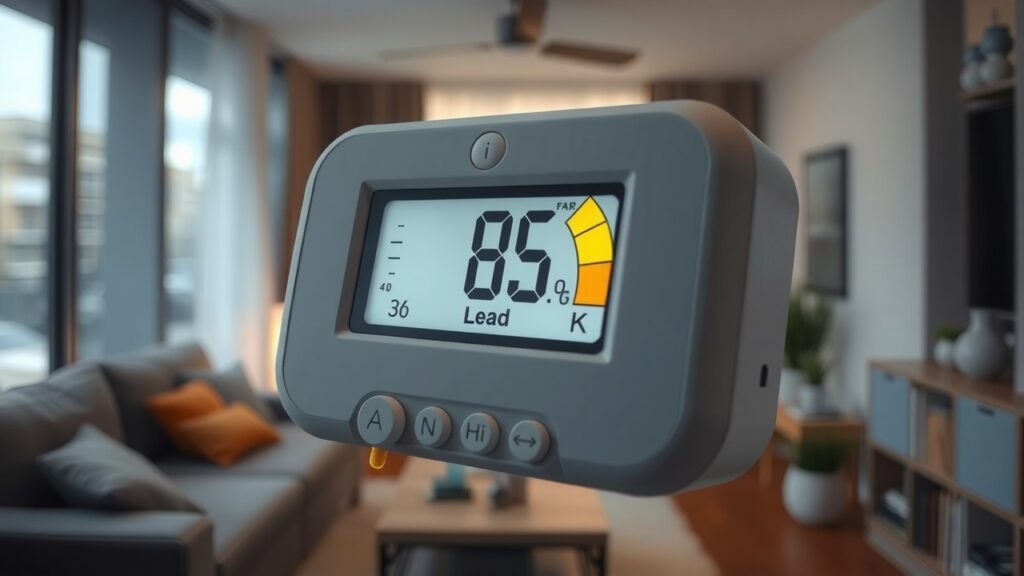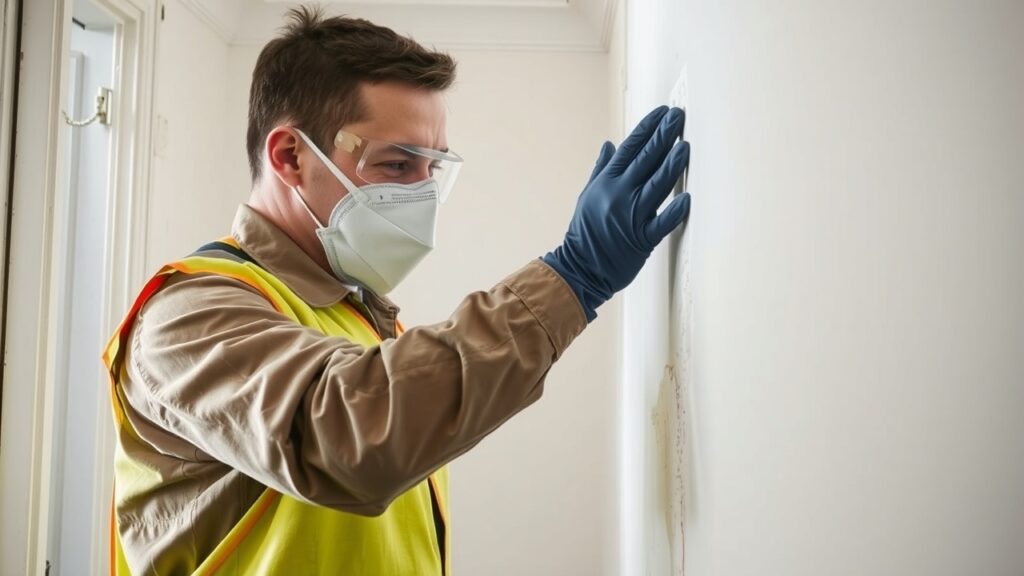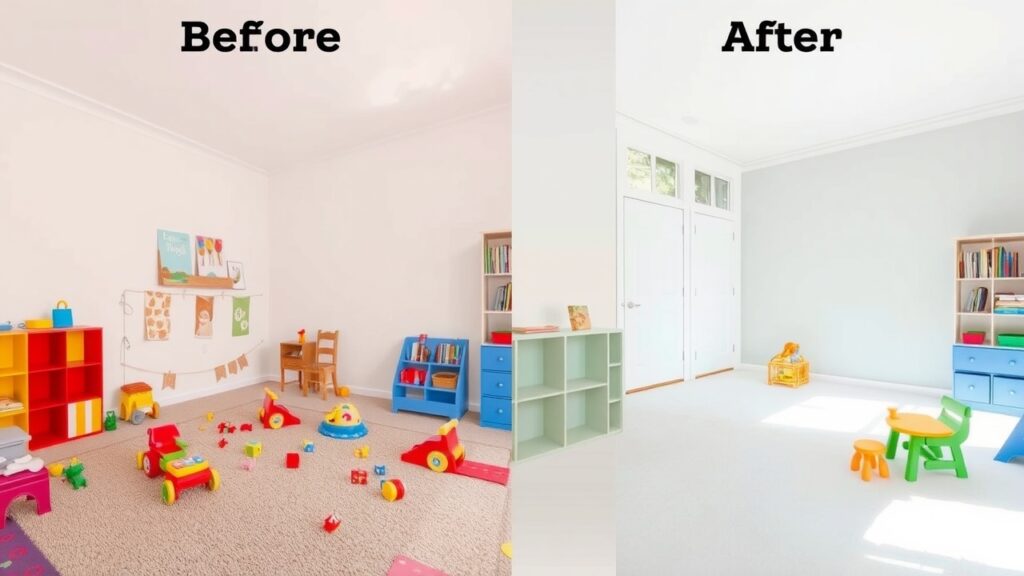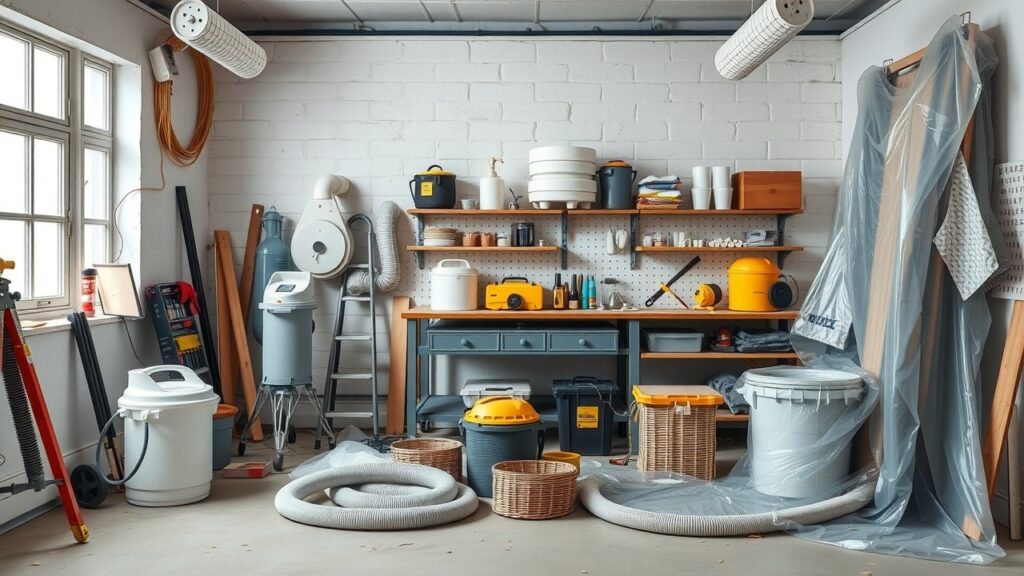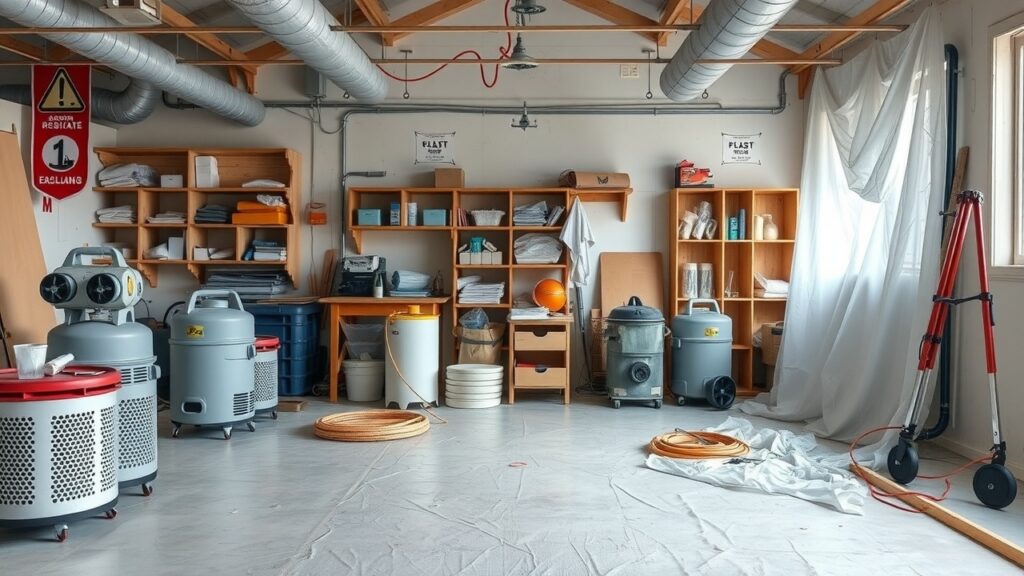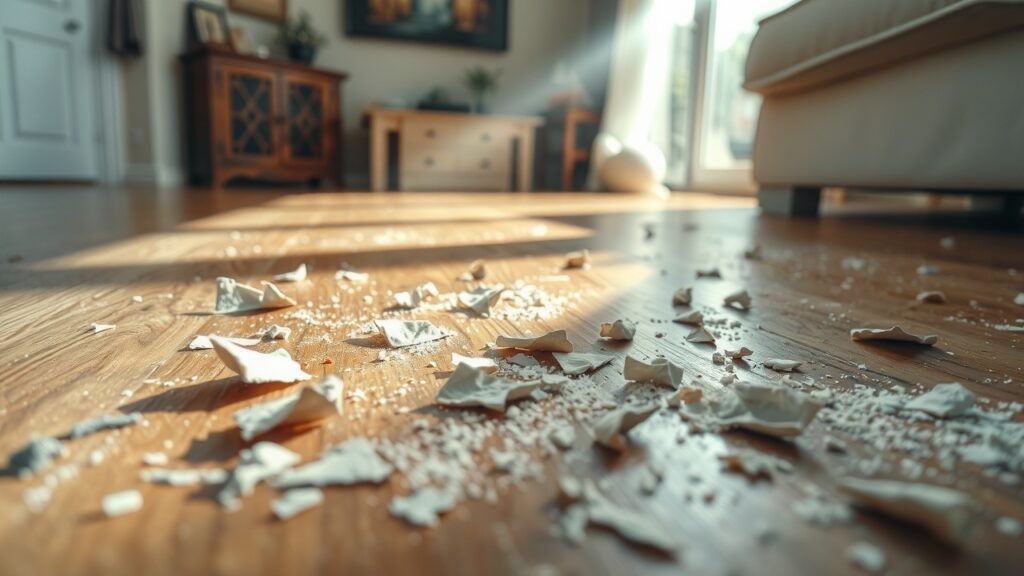Lead Paint & Dust Removal – Protect Your Family from Health Risks with us
Protect your family from the dangers of lead exposure with our expert lead paint and dust removal services. At Capstone Civil Group, we focus on home safety by tackling lead sources and ensuring a healthier environment.
What is lead and why is it dangerous?
Lead is a heavy metal that can be really harmful to our health. When we breathe it in or swallow it, it builds up in the body over time. This can mess with many organs.
The biggest worry is how lead affects the brain, especially in kids. Lead exposure can lead to serious problems, making it important to understand its dangers for environmental health.
Sources of lead exposure
There are many places where we might come across lead:
- Lead-based paint: This is often found in older homes built before 1978.
- Dust contamination: Dust from old paint can land on furniture and floors.
- Contaminated soil: Soil around old buildings might have traces of lead.
- Water supply systems: Older pipes made from lead can let lead into drinking water.
Knowing these sources helps us manage risks better.
How to identify and test for lead in your home
Finding out if there’s lead in your home means checking carefully. It’s best to call certified professionals who know what they’re doing according to EPA guidelines.
If your house was built before the ban on using lead-based paints, you should think about having it checked regularly. There are testing kits you can buy, but professional tests give more reliable results about any hazardous materials present.

Protecting Your Family from Lead Exposure
Safe removal and disposal of lead-based paint and dust
When it’s time to remove lead-based paint or dust, safety comes first! Make sure only trained contractors do the job. They need to know local rules about dealing with hazardous waste so everyone stays safe during the clean-up.
Lead-safe practices
There are some simple habits you can adopt every day:
- Clean often using wet cloths; this helps trap dust.
- Always wash hands after playing outside to avoid eating or breathing in any dirt.
- Use doormats at entrances to catch dirt before it gets inside.
These easy actions help keep your home safer.
Proper ventilation during renovations or repairs
When fixing up your home, make sure there’s plenty of air flowing. Good ventilation keeps dust from spreading around when old materials are disturbed. It’s especially important in older homes where traces of lead might still be found. Using air purifiers with HEPA filters can also improve air quality during these projects.
Using lead-free materials and products
If you’re renovating your house, pick non-toxic options when you can. Look for paints that say they’re ‘lead-free’. This way, you help improve indoor air quality while still making your space look good. Choosing environmentally safe products is good for everyone’s health and supports a cleaner environment too.
Lead Remediation Process
The lead remediation process is super important for keeping your home safe. Here’s a simple guide to help you remove lead paint and dust from your house.
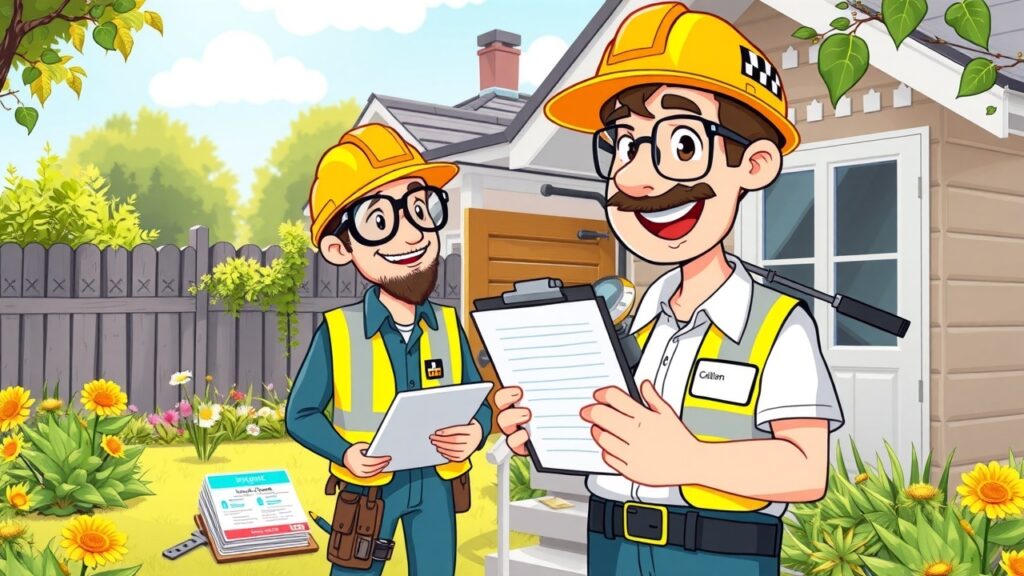
Initial Assessment
Start by checking your home for lead. Get certified professionals to do a hazard assessment. They’ll use special tools to find where lead-based paint or dirty dust might be hiding. This step is really key because it tells you what needs fixing.
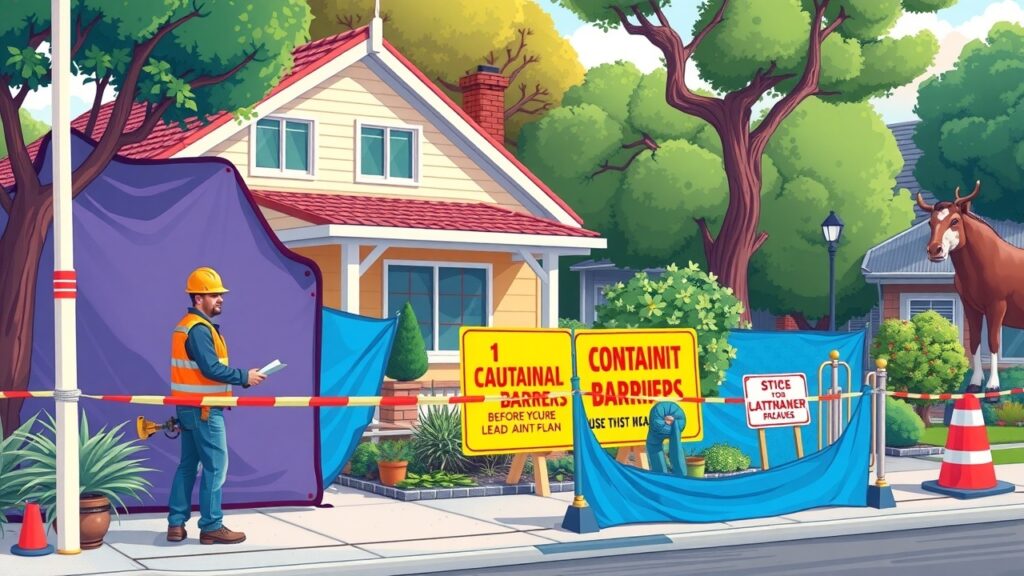
Containment Measures
To stop lead dust from spreading, you need some good containment measures. Seal off the work area with plastic sheeting. You can also use negative air pressure systems. These steps keep everyone safe while the work gets done.

Lead Paint Removal Techniques
When removing lead paint, there are a few ways to do it safely. Wet scraping is one method that doesn’t create much dust, which helps keep the air clean. Chemical stripping is another option that safely removes the paint.
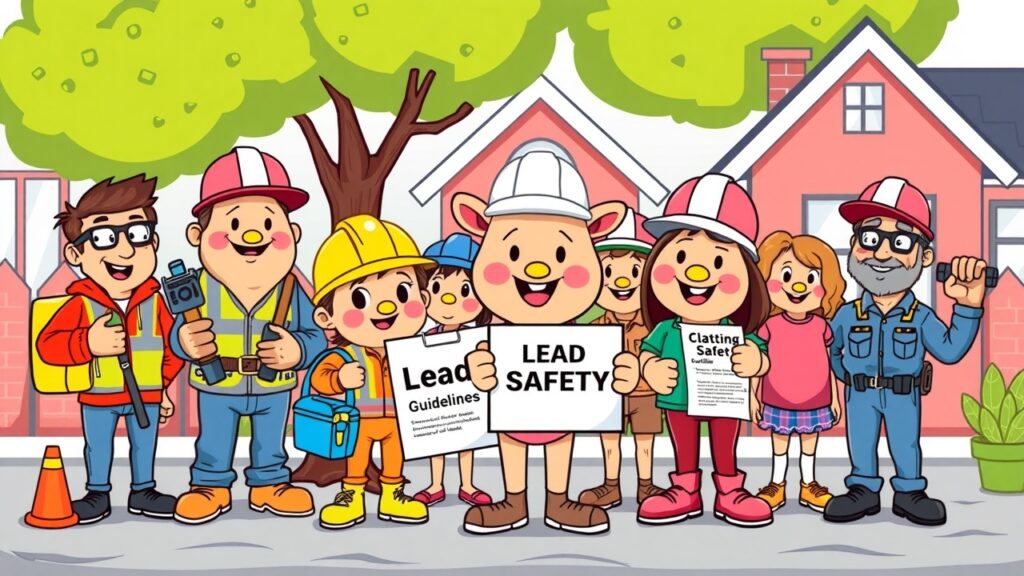
Dust Removal Protocols
After getting rid of the paint, focus on cleaning up any leftover dust. Start with HEPA vacuuming to catch tiny lead particles that might be around. Then, damp wipe all surfaces in the area. This two-step approach ensures no lead dust is left behind and keeps your home safer.
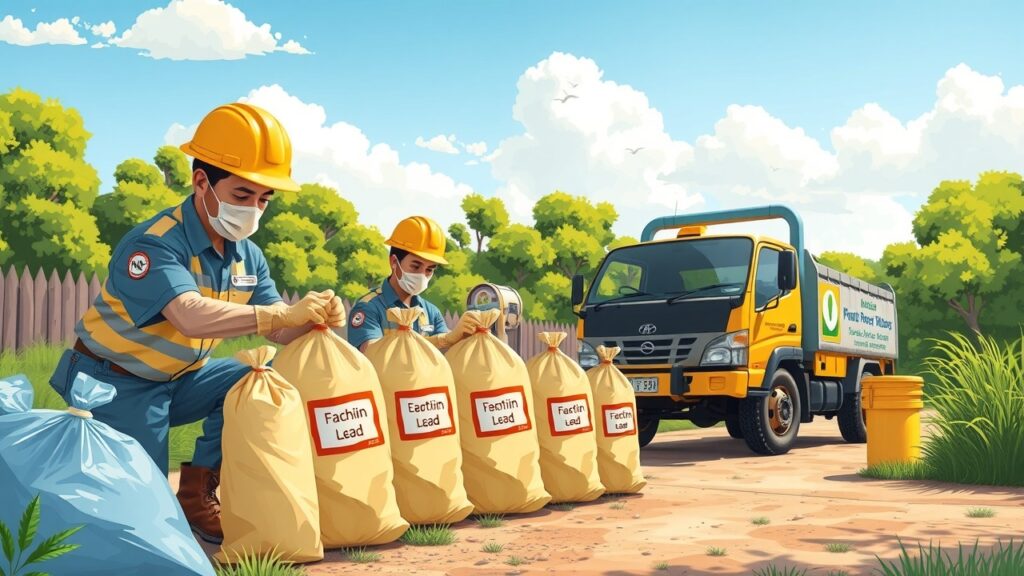
Proper Disposal of Contaminated Materials
Any waste from the removal process has to be tossed out right. Make sure it follows local rules for hazardous materials disposal. This way, you prevent any further contamination in your environment.
Choosing a Lead Abatement Contractor
Picking the right contractor for lead abatement is key to keeping your home safe from lead risks. Hiring certified pros means they know how to follow all the necessary laws, helping make your space safer for everyone.
Importance of Hiring a Certified Lead Abatement Contractor
Certified contractors have the training needed to safely remove lead from homes. They understand both federal and local laws so that all work meets required standards.
Qualifications and Experience to Look For
When checking out potential contractors, look at their experience with lead-related jobs. Important qualifications include:
- Certification from an official authority
- Experience with similar projects
- Knowledge of safety practices
Doing this research can help ensure your investment is protected and the work will be done correctly.
Licensing and Insurance Requirements
Make sure any contractor you consider has the right licenses. Also, check if they have insurance that covers both you and their workers during the project. Good licensing and insurance show that a contractor is reputable.
Lead Safety for DIY Projects
Introduction to Capstone Civil Group and its expertise . When you start a DIY project that might expose you to lead, safety is super important. First, check your work area for any lead paint or dust. Look at walls, ceilings, and surfaces in homes built before 1978. That’s when lead-based paints were commonly used. Having the right tools and materials ready helps you work safely.
Remember, there are also liability issues when doing DIY projects involving toxic substances like lead and asbestos. Know the local rules about disposing of hazardous waste to avoid any legal problems later.
Lead Safe Home Renovations
When planning home renovations, think about the health risks that come with older homes that may have lead or asbestos. Before starting any project, it’s crucial to inspect your home carefully.
Hiring licensed professionals who are trained in handling these dangerous materials can lower the risk of childhood lead poisoning caused by poor handling.
These steps stop contaminants from spreading into clean spaces and help reduce household hazards later on. By being careful and following these tips, you can turn your home into a safer place free from lead risks for you and your family!
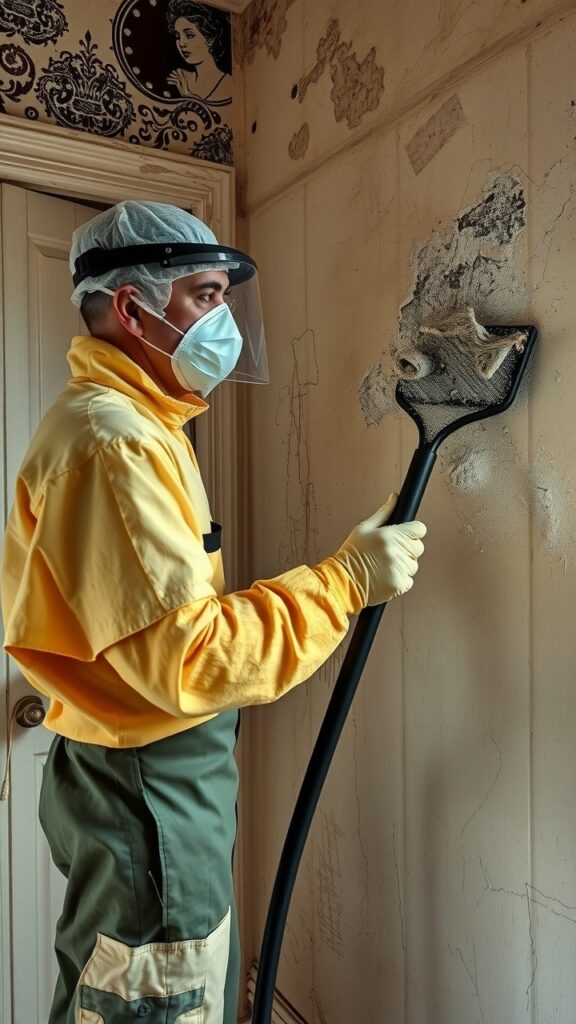
Resources and Support for Lead Reduction
At Capstone Civil Group, safety comes first. Our strong safety record Lead exposure is a serious problem in homes and communities. Thankfully, there are many resources and support systems to help tackle this issue.
Community Outreach Initiatives
Local health departments often organize workshops and events to spread the word about lead safety. These community outreach initiatives get people involved and help everyone understand how to keep their homes free from lead hazards.
Resources for Low-Income Families and Renters
For families with less money and renters, there are special resources available. Local councils might provide financial aid or help connect people with certified professionals who can do inspections or repairs at a lower cost.
Securing a Lead-Safe Environment
Creating a safe home without lead paint and dust is super important for your family’s health. Lead exposure can be really harmful, especially for kids. It can cause brain damage and make it hard for them to learn and grow. That’s why understanding how to do lead paint & dust removal the right way is so crucial.
To make your home lead-safe, follow these tips:
- Check regularly for any signs of old lead-based paint, especially in homes built a long time ago. Look out for chipping or peeling paint. These can let harmful lead dust into your home, so if you see any, take action fast to stop further harm.
- Use safe cleaning methods to keep dust from building up. Try using wet mops or damp cloths for cleaning surfaces. This helps keep the dust from flying around. Also, use a vacuum with a HEPA filter. It catches tiny lead particles and helps clean the air.
- Think about getting professional help if you think there’s a lot of lead in your home or if you’re planning to remodel. Trained experts know how to handle lead safely and follow local safety rules.
- Talk to local councils about the rules for dealing with hazardous materials. Knowing these laws helps keep you and your community safe.
- Learn about the signs of childhood lead poisoning too. Kids may show signs like being cranky, tired, or having trouble learning. If you notice any symptoms, get medical help right away; it could really make a difference.
- Encourage your community to understand these issues better. This can help everyone live in safer areas, whether in towns or suburbs. You could even set up workshops or discussions to raise awareness and help others take action.
- Keep an eye out—regular checks by certified pros are really important. Make this part of your home’s routine care plan so you’re always protected against problems like dirty soil or water issues from old pipes.
- By taking steps toward a healthier living space through both personal actions and professional help when needed, we can protect our families now and later on.
Schedule Your Lead Paint & Dust Removal with Capstone Civil Group Now!
With years of experience and a commitment to excellence, we use state-of-the-art techniques and equipment to provide you with the highest quality service. Don’t compromise on safety—take action today to protect your loved ones and secure a healthier future.
FAQs about Lead Paint & Dust Removal
When it comes to hazardous materials remediation and demolition services, many questions come up. Here are some frequently asked questions to help clarify common concerns.
Health Monitoring and Treatment
Keeping an eye on health after possible lead exposure is super important for catching any issues early.
Recognizing Symptoms of Lead Poisoning
Watch for signs of lead poisoning, especially in kids. Developmental delays and behaviour changes can mean higher blood-lead levels. Knowing these symptoms can help get kids the care they need quickly.
Blood Testing Recommendations
Regular blood tests are a must for kids under six or those living in older homes with peeling paint. Early tests can help spot any lead problems fast, reducing risks later on.
Medical Treatments Available
If blood tests show high levels of lead, talk to doctors about treatments like chelation therapy. This helps lower toxic substances like lead in the body and supports healing. Quick action here is key to keeping health risks low.
Ongoing Health Monitoring Strategies
Set up regular check-ups with doctors who know about environmental health issues linked to lead exposure. Keeping tabs on health helps catch any problems early and makes sure necessary steps are taken to keep kids healthy.

